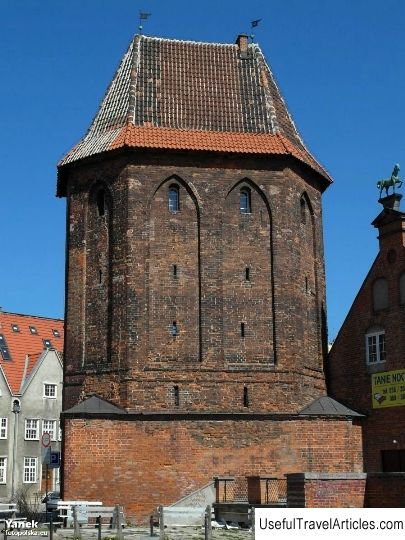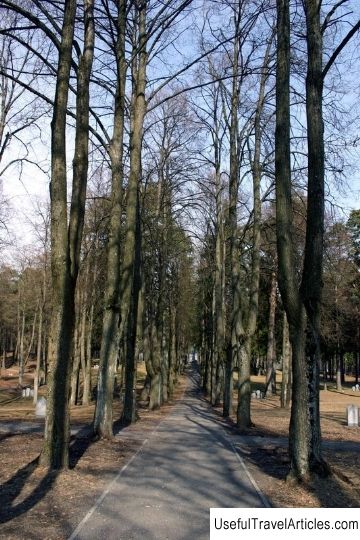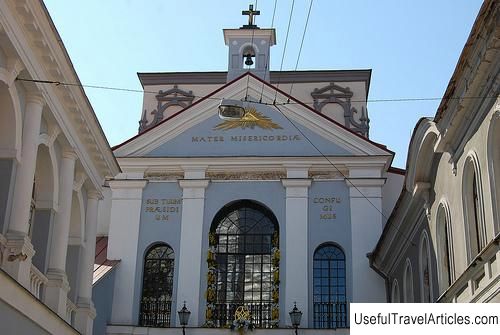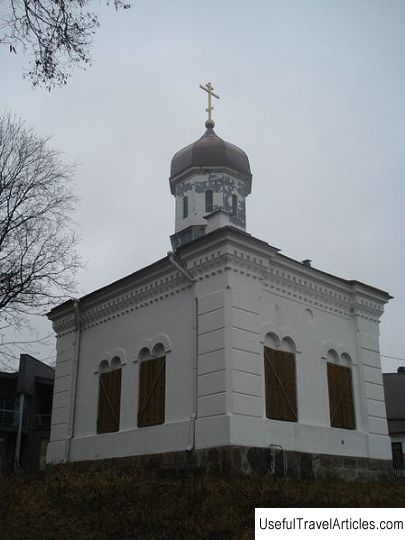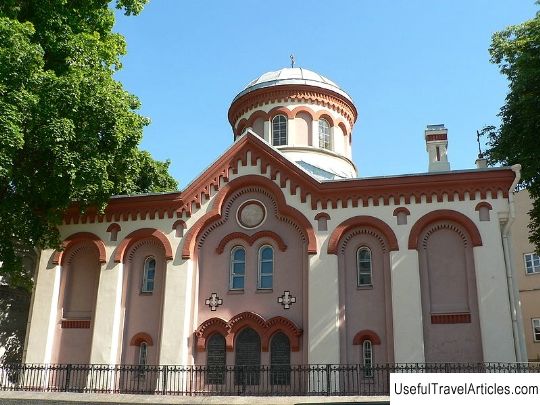Repnino chapel (Repnino koplytele) description and photos - Lithuania: Vilnius
Rating: 8,1/10 (412 votes) 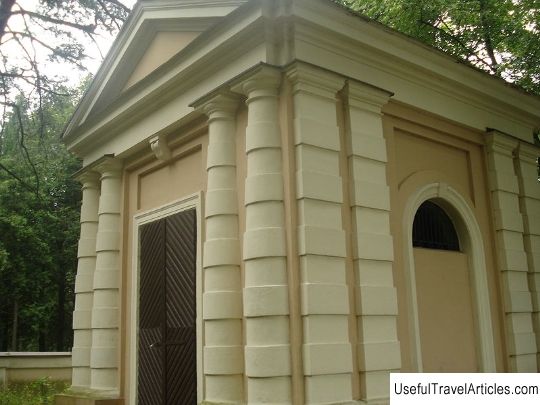
Repnino koplytele description and photos - Lithuania: Vilnius. Detailed information about the attraction. Description, photographs and a map showing the nearest significant objects. The name in English is Repnino koplytele. Photo and descriptionThe Orthodox Repninskaya chapel was built in the Vilnius suburb of Zakret in 1797. In the 18th century, people who died from epidemic diseases were buried here. The wife of Field Marshal Prince N.V. Repnin, the first governor-general of Vilnius, Princess Natalia Alexandrovna Repnina, nee Kurakina, was also buried here. The chapel was erected in memory of her, at the place of her burial. The building was built in the neoclassical style, under the direction and design of architects Pietro Rossi and Karl Schildhaus. It is not known for certain whether the project of the chapel was their joint creation, or whether its author is only one of them, namely Karl Schildhaus, who later was involved in the project of the chapel restoration. In 1809, the chapel was restored. A one and a half meter fence was built around it. Prince Repnin bequeathed 2,500 rubles to the Holy Spirit Monastery, which was in charge of the chapel. The money was intended for the maintenance of the church and for the performance of memorial services for the deceased members of the Repnin family. To decorate the chapel, Francis Smuglevich, a famous artist, founder of the Lithuanian school of painting, was involved. He is famous for his 1785 watercolor cycle - Architectural Views of Old Vilnius and wonderful frescoes on biblical subjects that still adorn the interior and ceilings of the Vilnius University library. Unfortunately, the icon of the Resurrection of Christ, which he painted for the chapel, was stolen in 1812, during the French occupation. In 1817, the chapel was renovated again. In 1847, an iron cross weighing 1 pound was erected on the chapel, cast specifically for this purpose. At the beginning of the 20th century, in order to reduce the pressure on the chapel and, at the same time, to improve the acoustics of the room, four voices were installed in the dome of the chapel. After the First World War, a cemetery was formed near the chapel. Russian, Hungarian, German, Austrian, Turkish, and Polish soldiers were buried on it. After World War II, Jewish graves also appeared in the cemetery near the chapel. All these burials in the cemetery of the Repninskaya chapel from the Vingis city park continue to be maintained in proper order. The chapel is a stone structure made in the neoclassical style. It is a square building with a gable, symmetrical, tiled roof, on which there is an openwork four-pointed cross. The facades from the west and east are decorated with triangular pediments and white-painted semi-columns that imitate Tuscan porticoes. The walls of the building are plastered and painted in pastel peach color. The corners of the southern and northern facades are decorated with paired pilasters. The front door of the chapel is framed by a rectangular opening with a white border, like the columns. On either side of the door are arched windows with white edging. The interior of the chapel is modest, in the same style as the structure as a whole. In the very center of the chapel there is a coffin-shaped crypt with the ashes of Princess Repnina. On the right side of the entrance there is a grave, a cast-iron slab of which indicates that Colonel Pavel Gavrilovich Bibikov was buried there, heroically killed in 1812 in the battles for Vilna. Opposite the entrance, on the far wall of the chapel, there is an icon of the Savior. The chapel, as it should be for structures of this kind, is located in a quiet place. There is a park with large, old trees around the chapel. One gets the impression that the chapel protects the peace and solitude of all souls who have found their last refuge near it. The historical monument "Repninskaya chapel" is protected by the state. Access to the chapel is currently closed.       We also recommend reading Museum of cartoons (Museo de la Caricatura) description and photos - Mexico: Mexico City Topic: Repnino chapel (Repnino koplytele) description and photos - Lithuania: Vilnius. |
